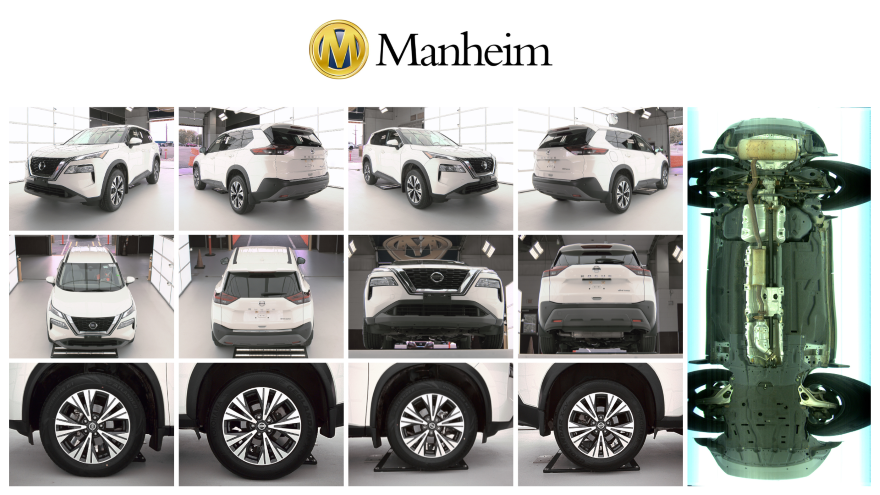Manheim Pennsylvania becomes the latest auction to add AI imaging tunnels

Image courtesy of Manheim.
The world’s largest auto auction is getting some of the industry’s latest technology.
Manheim Pennsylvania — which bills itself as “the world’s largest wholesale vehicle auction” — has added three fixed imaging tunnels, powered by Fyusion artificial intelligence technology, designed to provide the industry’s most consistent and complete view of each vehicle.
Manheim became the first company to install AI-driven imaging tunnels in its auctions last year, with 10 now in operation at Manheim locations in Atlanta, Minneapolis, Tampa, Ohio, Dallas-Fort Worth and now Pennsylvania.
The company said it plans to have 31 of the tunnels in place at its auctions across the country covering 25% of Manheim’s check-in volume by the end of this year. That number is expected to rise to 50% by the end of the first quarter of 2024.
“We have seen what a huge difference these images have made for Manheim’s buyers and sellers, as the quality and consistency can’t be beat,” Manheim associate vice president for vehicle information Brad Burns said in a news release.
“With several successful launches under our belts, we’re accelerating the pace of deployment to enable even more clients to benefit from this technology sooner.”
The fixed imaging tunnels use nearly 50 cameras and more than 90 light panels to capture a vehicle’s exterior from multiple angles and produce some 2,500 high-resolution images of each vehicle in seconds. It then outputs 90 images for analysis and automatically selects the 12 best to include in a condition report.
In addition to providing the same angles each time with a distraction-free background, Manheim said, the tunnels also show areas of vehicles a human can’t easily get to, such as extremely high and low views, and the undercarriage.
The AI aspect comes into play in the consistency of vehicle condition reports. The company said in addition to capturing still images, Fyusion AI’s technology also understands the vehicle in three dimensions, and its machine learning model draws on the more than 16 million images already taken by the tunnels to identify and report damage with speed and accuracy.
Manheim said the automated damage detection capability is on target for deployment beginning in 2024.


